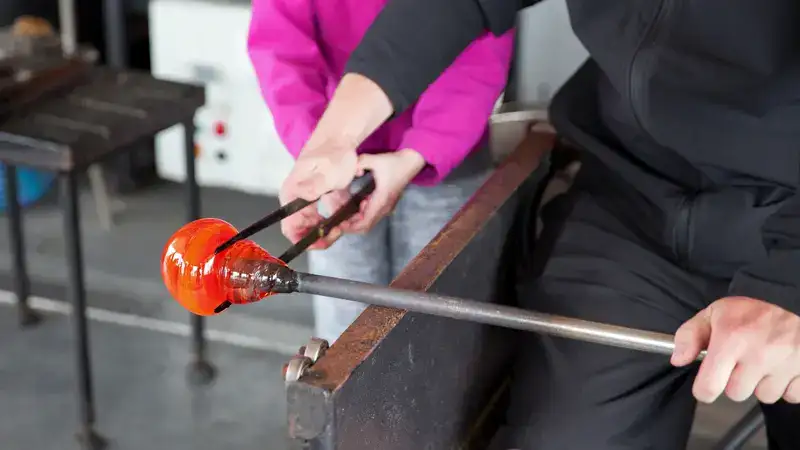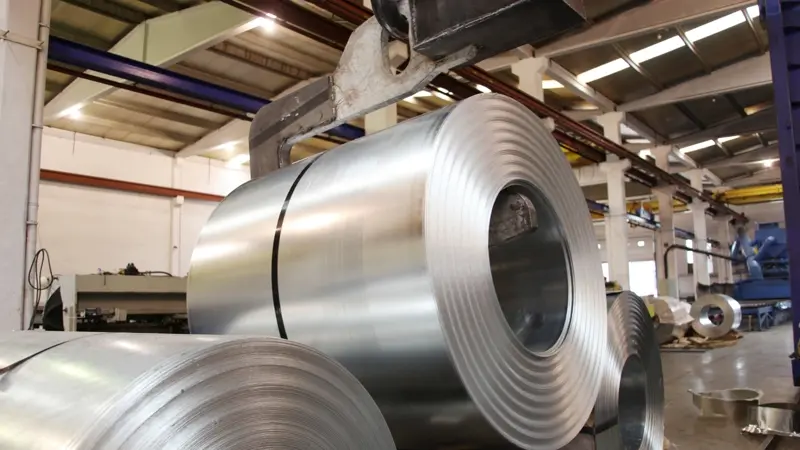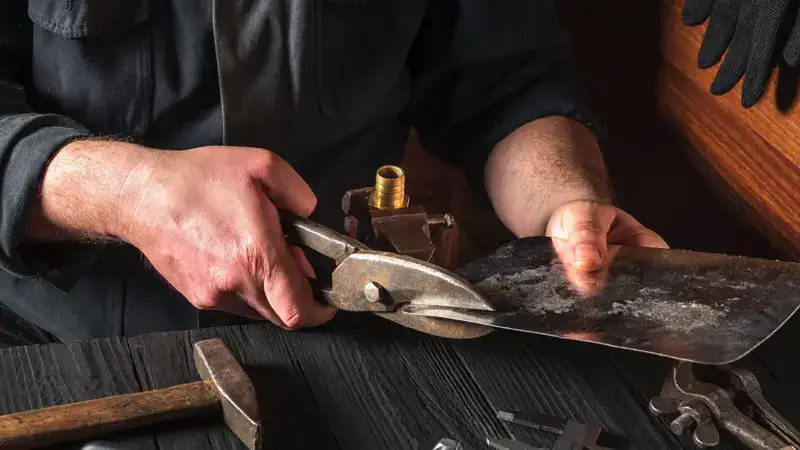Venturing into glass making offers a new world of creativity and expression, yet beginners should be mindful to equip themselves with necessary tools from the start. Crafting beautiful glass creations is intricate and captivating, offering a vast scope for artistic exploration. Before attempting to shape, mold, or add color to your innovative designs, the initial crucial step is understanding and obtaining the right tools. These tools are imperative for any aspiring glass artist to effectively venture into the artful process of turning molten sand into prized artworks.
Table of Contents
Essential Glass Making Tools for Beginners
If you’re a beginner interested in glass making, having the right tools is crucial for turning simple materials into beautiful, glass pieces. As you begin this artistic journey, we want to guide you through the essential tools that will help you get started in the fascinating art of glass craft.
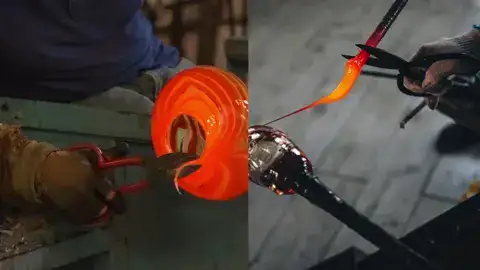
1. Glass Cutter: Your Essential Companion
The glass cutter is an essential tool for glass artisans, despite being frequently underestimated. Available in various styles, each type of glass cutter is designed for specific aspects of glasswork. Traditional hand-held cutters offer simplicity and precision, with a handle that’s comfortable and familiar, while oil-fed cutters feature a more complex design, using oil to reduce friction and produce clean cuts with minimal wasted material.
For beginners in glass making, choosing the right cutter is critical to their initial success. Novices should look for a cutter that fits comfortably in their hand as if it were an extension of their arm and one that includes convenient features such as a built-in oil reservoir. This detail ensures a steady supply of oil, resulting in higher-quality cuts and showcasing the crisp lines that are indicative of expert glass cutting.
2. Running Pliers: For Breaking Along the Score
Running pliers are essential tools in glass making, specifically used after scoring the glass. Once a glass cutter has precisely marked a line, running pliers take over to finish the job. These tools have curved jaws that grip the glass gently and accurately. Designed to distribute pressure evenly across the scored line, running pliers greatly reduce the chance of errors at this critical point in the process. Using running pliers correctly is a balance of applying enough force to split the glass while being gentle enough to prevent unwanted breaks, ensuring every cut is as clean as it was meant to be.
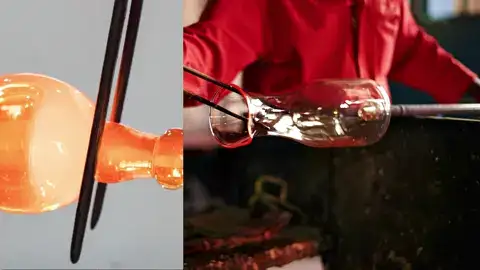
3. Grozing Pliers: Perfecting Your Glass Edges
Grozing pliers are essential tools for glass artists, easily recognized by their distinct serrated jaws, which are engineered specifically for refining the edges of cut glass. When cutting glass to a specific shape, imperfections such as tiny protrusions or burrs can often arise, preventing the piece from being impeccably finished. The grozing pliers excel by allowing artists to carefully trim these minuscule excesses, thus enabling each piece of glass to fit perfectly into its intended spot. These pliers play a pivotal role in elevating a piece from looking amateur to appearing as a polished work of art, and thus are considered fundamental tools within a glass artist’s arsenal.
4. Heat Source: Kiln or Torch
The creation of glass art hinges on applying intense heat, which can be achieved through a kiln or torch, depending on the glasswork method. This kiln must deliver steady and adjustable heat over considerable time spans to ensure the glass cures properly, making it durable and free of internal stress. For glasswork like bead-making or sculpture, which is done through lampworking (or flameworking), the artist works with glass rods and tubes in the flame of a torch. A high-quality torch is essential for this technique as it allows for precision in temperature control, enabling the artisan to mold detailed patterns and achieve clear and intricate designs in the glass.
5. Mold-Making Materials: Shaping Your Creations
In kiln-formed glass making, an essential element to success is the mold used by the artist. These molds are made from materials that can resist high temperatures and are not just vessels to contain the glass; they play a significant role in shaping it into complex pieces of art. Artists practicing techniques like slumping and casting must ensure that the glass becomes pliable under heat and then carefully shape it into a new form with these molds. The importance of having strong, resilient molds becomes evident in the extreme conditions where the glass turns almost liquid.
For those new to this craft, there is a range of ready-made molds available. However, as artists progress, they often find these standard molds insufficient for their creative goals. At this stage, custom mold-making materials become crucial. With tailor-made molds, glass artists can bring their unique and innovative designs to life.
6. Frit and Stringers: Adding Detail and Color
The art of glass making is elevated through innovative materials such as frits and stringers. Frit consists of various finely crushed glass shards that offer a diverse color palette, enhancing glass pieces with shades ranging from delicate to intense. Artists carefully sprinkle or layer these granules onto glass surfaces, creating speckled patterns that resemble natural textures. In contrast, stringers are thin rods of colored glass used for drawing precise lines and shapes. These allow for the creation of intricate details within the glasswork, showcasing the elaborate artistry achievable in this medium.
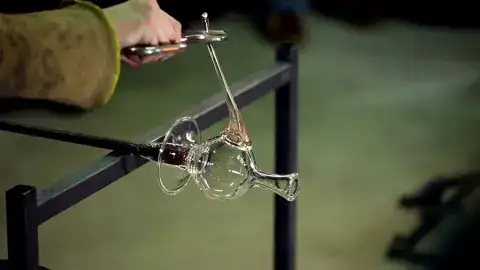
7. Sturdy Work Surface: Your Glass Making Foundation
In the art of glass making, it’s essential to have a strong and heat-resistant work surface. More than just handy, it’s a critical need for serious glass artisans. They depend on this surface for various activities, such as precise cutting and detailed assembly of their glass pieces. Additionally, the surface must withstand the intense heat from glass that is shaped in kilns or sculpted with torches, often at very high temperatures. Just as a ballet requires a steadfast stage, glassmaking demands a surface that is both tough and dependable to ensure the artist can shape their creations without interruption or issue.
8. Protective Gear: Safety First
Ensuring safety is a critical issue that must be emphasized. Essential to maintaining safety is the utilization of protective equipment, especially when working with glass, which poses consistent dangers that require careful control. Among the essential safety items are safety goggles. These goggles provide a necessary defense shield, protecting against glass shards that can fly unpredictably during cutting, shaping, or unexpected breakages. This eyewear is vital in guarding an artisan’s sight from damage that could be permanent.
Gloves of high quality are just as important. They serve a dual purpose: they protect the hands from cuts and scrapes that commonly occur while handling rough-edged glass, and they safeguard against severe burns from hot glass recently out of kilns, or cooling from procedures like lampworking or fusing.
The Bottom Line
Embarking on the journey of glass making opens a world of creativity and personal expression. Beginners must ensure they are properly equipped with the necessary tools crucial to the craft before diving in. The right tools are imperative to explore glass art thoroughly, enabling one to turn raw materials into exquisite pieces. By acquiring these essential tools, you are taking the first step towards crafting beautiful art from molten sand. It’s important to remember that patience and consistent practice are key in becoming proficient in glass making. Approach this learning process gradually, as you become adept at using these tools with skill.
